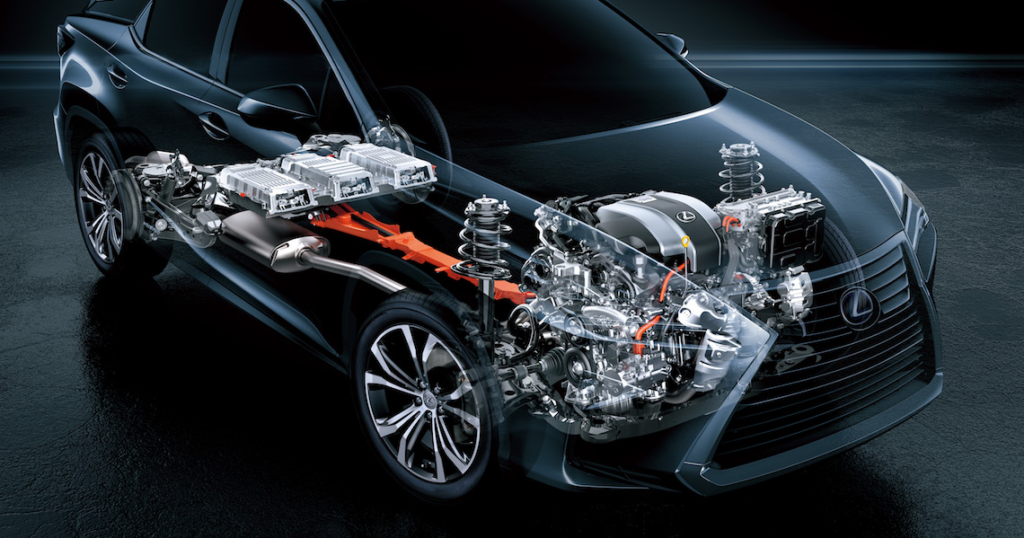Counterfeit auto parts like brake pads are out there. They can be difficult to spot because the counterfeiters have better tools and methods to make a substandard part look like a premium quality part. But, the one thing that could be missing is performance. With the complexity of some repairs and higher labor costs, getting stung by a counterfeit part not only hurts the driver, but the technician who installed it. Great article from SearchAutoParts.com
Phony components can create real problems for manufacturers, merchandisers and motorists as counterfeit auto parts frequently fail to meet the proper fit, form and function standards. Aside from the negative economic consequences of being hoodwinked, a fraudulent product that appears to be the real deal may present a serious safety risk.
“There’s some scary stuff out there,” says distributor Michael Antonelli of Vantage Marketing Global Inc., based on Grand Island, N.Y. “It may look the same on the outside, but you have no idea what’s on the inside; it may even work — at least for a while.”
Just about any part of a vehicle can be copied, faked and sold to an unsuspecting buyer. “There are different levels of sophistication and scruples,” according to Antonelli. “It’s whatever the flavor of the day is” in terms of whatever product is popular enough to be falsely duplicated and then covertly disseminated at a profit.
“If they see a demand they’ll start making it. If something is really hot it’s up everywhere,” Antonelli notes. “We’ve seen people copy a lot of these products, but they don’t have the same parameters” as those produced at a legitimate factory OEM quality factory. “At current labor rates and increased complexity of repairs, there is often more overall confidence with an original part.”
Counterfeiters are attracted to the profits that can be generated with a minimal chance of being detected. “They figure ‘this is a gravy train,’” he says, urging aftermarket business owners to resist the dangers engaging in this type of illegal conduct despite the lure of cheaper pricing. For a given dicey part, “If I can save 20 percent, I’m only saving 10 bucks; do I want to risk that?”
Knowing your seller is a good technique for avoiding counterfeit parts, especially when making offshore purchases. “If it’s got a (mainstream) manufacturer’s name on it but you’re getting it from some weird source – beware,” says Antonelli . “Be cautious around ‘white box’ as well” to mitigate the prospect of obtaining an anonymously produced sub-par part.
“If you’re buying from overseas be invested in it,” he suggests. “Go over there – more than once. It takes time, but get to know them. The alternative is to work closely with a trusted N.A. based global sourcing company that has already made that investment and developed the relationships. Don’t be enticed by offshore trading companies. They aren’t the manufacturer and their source of supply is rarely consistent. ”
A study by Frost & Sullivan estimates that automotive suppliers lost $45 billion to counterfeiting worldwide in 2011, and the economic value of pirated products is expected to double by 2022.
The list of auto parts seized by customs officials includes airbags, brake pads, wheels, seat belts, oil and air filters, control arms, windshields, bearings, steering linkages, ignition coils, microchips, spark plugs, solenoids, clutch housings, crankshafts, diagnostic equipment, suspension parts and oil pumps, reports Chris Caris, administrator of the Automotive Anti-Counterfeiting Council.

看足球,猜胜负,月赚十万,无需常识,人人能干:
https://yabo.neocities.org/
亚博体育